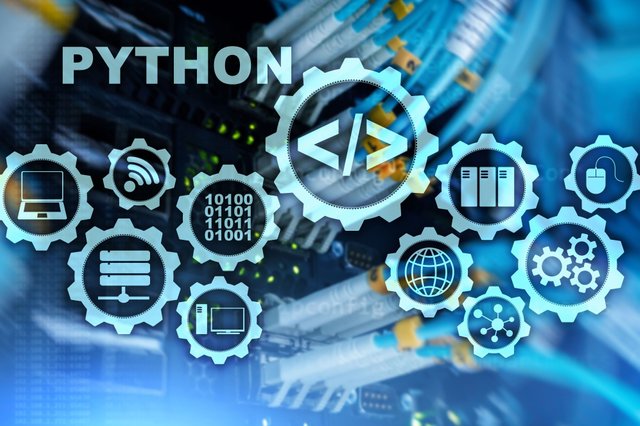Python is a high-level, interpreted programming language known for its simplicity and readability. Created by Guido van Rossum and first released in 1991, Python's design philosophy emphasizes code readability and allows programmers to express concepts in fewer lines of code compared to other languages like C++ or Java. Here are some key features and characteristics of Python:
Key Features:
Readable and Maintainable Code:
- Python's syntax is clear and intuitive, making it an excellent choice for beginners.
- The use of indentation to define code blocks enhances readability and reduces the likelihood of errors.
Interpreted Language:
- Python code is executed line-by-line, which simplifies debugging and makes it easier to test small code snippets.
Dynamically Typed:
- Variables in Python do not require an explicit declaration to reserve memory space. The declaration happens automatically when you assign a value to a variable.
High-level Language:
- Python abstracts many complex details of the computer's operation, allowing developers to focus on programming rather than managing memory and other low-level operations.
Comprehensive Standard Library:
- Python includes a vast standard library that supports many common programming tasks such as connecting to web servers, reading and modifying files, and working with data formats like JSON and XML.
Cross-Platform Compatibility:
- Python is available on multiple operating systems, including Windows, macOS, and various distributions of Linux, enabling the development of cross-platform applications.
Large Community and Ecosystem:
- Python boasts a large and active community, contributing to a rich ecosystem of third-party packages and tools available through the Python Package Index (PyPI).
Versatile and Multi-Paradigm:
- Python supports multiple programming paradigms, including procedural, object-oriented, and functional programming.
Common Uses:
- Web Development: Frameworks like Django and Flask are popular for building web applications.
- Data Science and Machine Learning: Libraries such as NumPy, pandas, TensorFlow, and scikit-learn are extensively used.
- Automation and Scripting: Python is frequently used for automating repetitive tasks and writing scripts for various applications.
- Software Development: Python can be used to develop desktop and server-side applications.
- Game Development: Libraries like Pygame provide tools for game development.
Example Code:
Here is a simple example of Python code that prints "Hello, World!" to the console:
print("Hello, World!")
Getting Started:
To start programming in Python, you can install it from the official Python website and use any text editor or an integrated development environment (IDE) like PyCharm, VS Code, or Jupyter Notebook.
Python's simplicity and versatility have made it one of the most popular programming languages in the world, used in various domains ranging from web development to scientific computing and artificial intelligence.

Congratulations, your post has been upvoted by @upex with a 0.30% upvote. We invite you to continue producing quality content and join our Discord community here. Keep up the good work! #upex
Downvoting a post can decrease pending rewards and make it less visible. Common reasons:
Submit